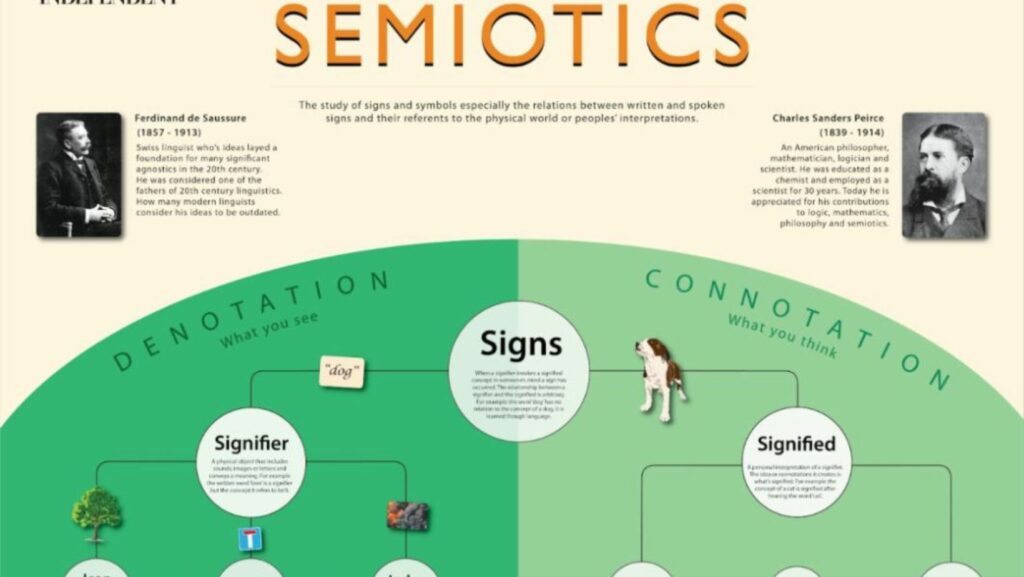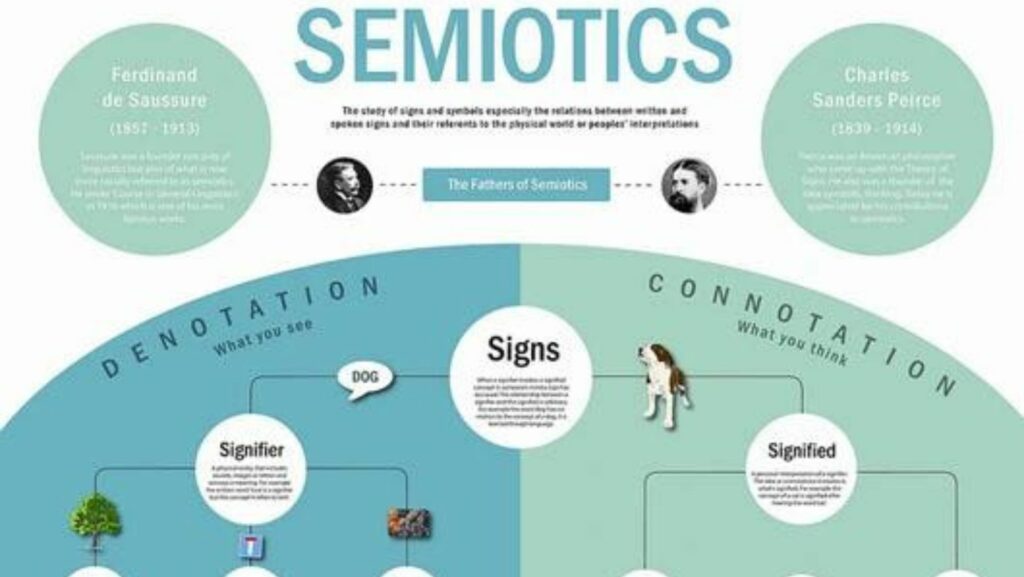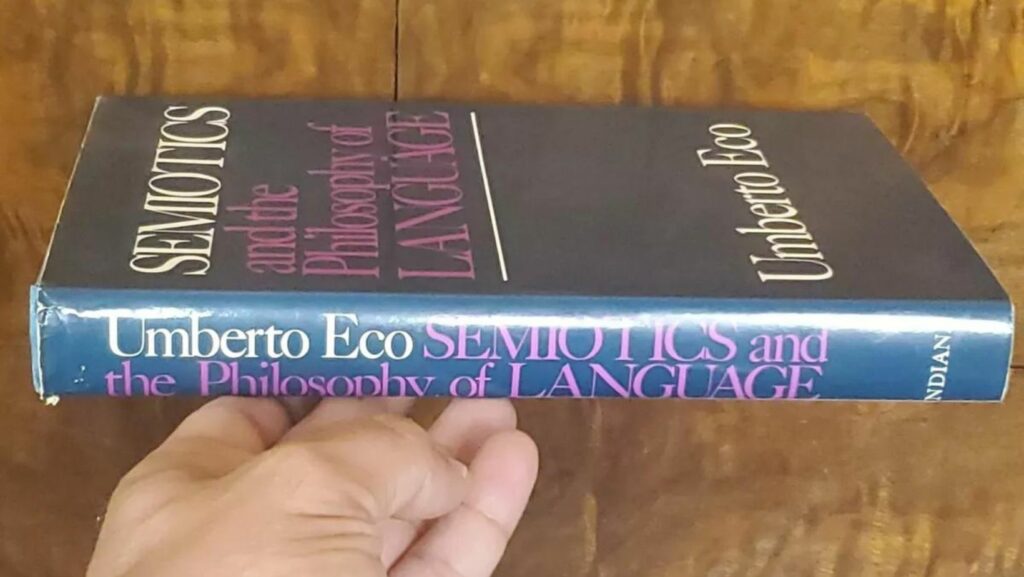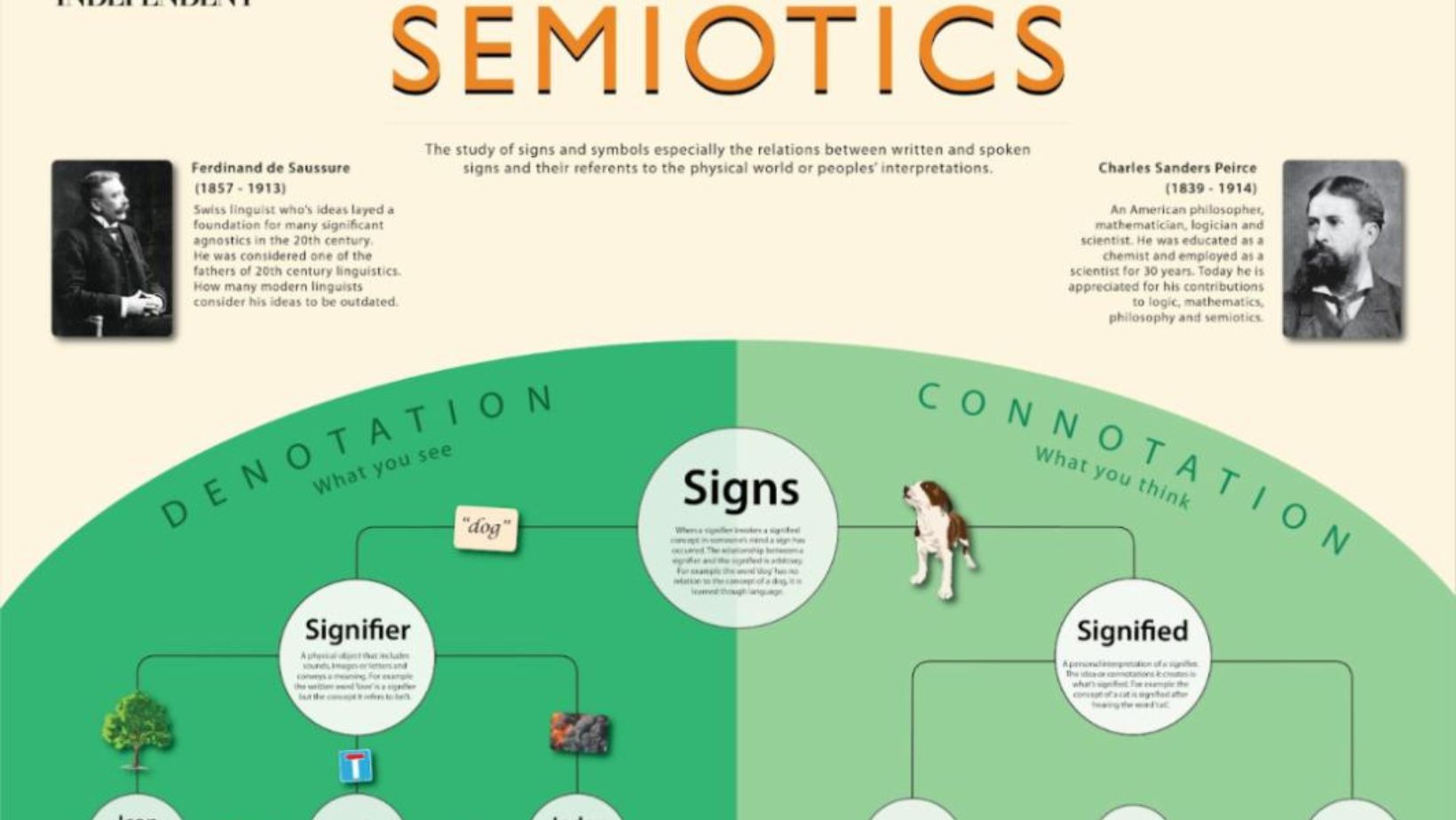
Semiotics and the Philosophy of Language
Semiotics and the philosophy of language delve into the intricate relationship between symbols, meanings, and communication.

Exploring how signs convey information and the underlying principles that govern language, this field offers a profound insight into human expression. By analyzing the ways in which we interpret and create meaning, semiotics uncovers the layers of significance embedded in our everyday interactions.
The study of semiotics and the philosophy of language provides a unique lens through which to view the world. It challenges us to question the nature of language, perception, and reality itself. By unraveling the complexities of symbols and their interpretations, we gain a deeper understanding of how communication shapes our understanding of the world around us.
Exploring Semiotics and the Philosophy of Language
Semiotics, the study of signs and symbols, delves into the intricate web of meanings and representations that underlie human communication. This field, which originated in the late 19th century, has since evolved to encompass various disciplines, offering a profound understanding of how symbols shape our perception of the world.
The Origins of Semiotics

Semiotics traces its roots back to the Swiss linguist Ferdinand de Saussure and the American philosopher Charles Sanders Peirce. Saussure’s structuralist approach focused on the relationships between signs and the concepts they represent, laying the groundwork for modern semiotic analysis. In contrast, Peirce’s pragmatic semiotics emphasized the contextual and dynamic nature of signs, highlighting their role in interpreting and constructing meaning.
Bridging Semiotics and Linguistic Philosophy
The intersection of semiotics and linguistic philosophy explores the fundamental connections between language, meaning, and human cognition. By scrutinizing how language structures thought and influences our understanding of reality, this interdisciplinary approach sheds light on the profound relationship between linguistic signs and philosophical inquiry. This symbiotic relationship reveals the intricate mechanisms through which language shapes our perception and conceptualization of the world.
Key Concepts in Semiotics
Semiotics, a field that examines signs and symbols, plays a pivotal role in understanding human communication and how we interpret the world around us. Here are essential concepts within semiotics that shed light on the interplay between signs, symbols, and meaning.
Signs and Signifiers
In semiotics, a “sign” refers to anything that stands for or conveys a specific meaning. It consists of two elements: the signifier, the form that the sign takes, and the signified, the concept it represents. For instance, the word “rose” (signifier) represents the concept of a type of flower (signified). Understanding this relationship between signifier and signified is crucial in decoding communication across different contexts.
The Role of Context in Meaning

Context plays a fundamental role in determining the meaning of signs and symbols. The interpretation of a sign can vary based on the context in which it appears. For example, the word “bank” can signify a financial institution, a river bank, or a place to relax, depending on the context in which it is used. Context provides the framework for assigning meaning to signs and is essential for effective communication and comprehension.
Exploring influential theorists in semiotics and language philosophy sheds light on the foundations of modern linguistic analysis and the study of signs and symbols. This section delves into the significant contributions of key figures in the field, highlighting their impact on our understanding of communication and meaning.
Ferdinand de Saussure’s Contributions
Ferdinand de Saussure, a pioneering Swiss linguist, laid the groundwork for modern semiotics with his seminal work on structural linguistics. His distinction between the signifier (the form of the sign) and the signified (the concept it represents) revolutionized the study of language systems. Saussure emphasized the arbitrariness of signs, suggesting that meaning derives from the relationships between signs rather than inherent connections to the real world.
Roland Barthes’ Cultural Theory
Roland Barthes, a prominent French semiotician, expanded the application of semiotics to cultural analysis. His work delved into the interpretation of signs and symbols in cultural texts, revealing hidden meanings and power structures embedded in everyday representations. Barthes’ concept of “myth” highlighted how cultural symbols shape our understanding of reality, exposing the ways in which language and images construct social ideologies.
These influential theorists paved the way for a deeper understanding of semiotics and the philosophy of language, influencing diverse disciplines from linguistics to cultural studies.

Leave a Reply